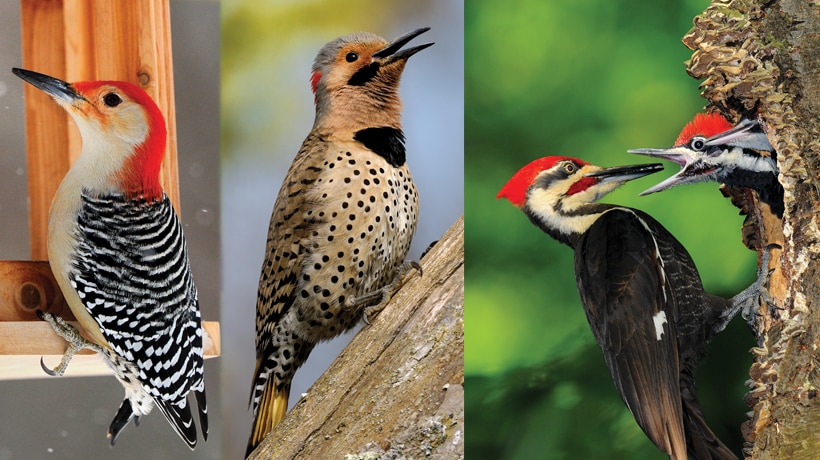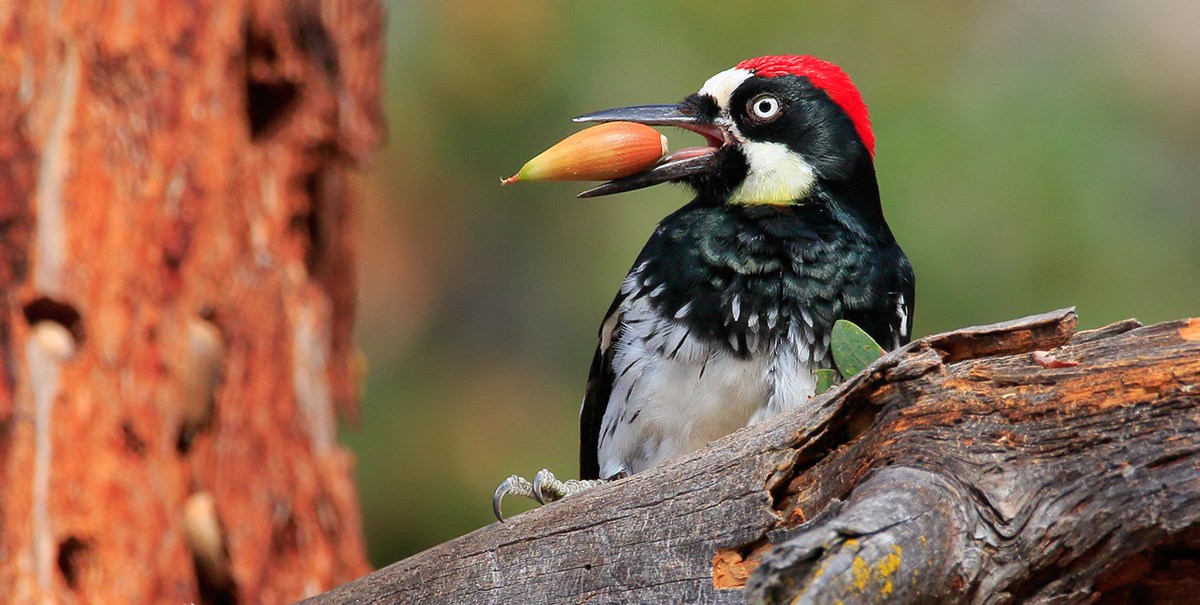Exploring Woodpeckers in Florida Habitats: Where to Detect These Birds
Exploring Woodpeckers in Florida Habitats: Where to Detect These Birds
Blog Article
Discover the Remarkable Globe of Woodpeckers: Everything You Required to Know
The world of woodpeckers is a world full of one-of-a-kind behaviors, intricate adjustments, and a diverse selection of types. From their environments and circulation patterns to their feeding behaviors and specialized anatomical functions, woodpeckers have long astounded the interest of ornithologists and nature enthusiasts alike. Understanding the complexities of these fascinating birds provides a look into the intricate interaction in between their biology and the environment. As we check out the globe of woodpeckers further, we discover a riches of details that clarifies their value in environments and the challenges they encounter in an ever-changing world.
Woodpecker Habitats and Circulation
Woodpeckers populate a varied variety of atmospheres worldwide, showcasing flexibility in their circulation patterns. These resilient birds are discovered in forests, forests, savannas, and deserts throughout various continents, showing their ability to grow in different climatic problems. In The United States and copyright, as an example, woodpeckers can be found in both coniferous and deciduous forests, using their solid beaks to forage for bugs and develop nesting dental caries in trees. In Africa, specific woodpecker varieties have actually adjusted to dry settings, such as the acacia timberlands, where they play a critical duty in controlling insect populations.

Feeding Behaviors and Diet Plan
Among the different aspects of their actions, woodpeckers exhibit distinctive feeding behaviors and dietary preferences. These birds are primarily insectivores, with a diet plan that includes ants, beetles, caterpillars, and other pests located in trees. Woodpeckers utilize their strong beaks to pierce right into the bark of trees, probing for pests and larvae concealed under the surface area. Along with pests, woodpeckers also eat nuts, seeds, fruits, and sap. Some varieties have specialized tongues with barbed pointers that aid them draw out bugs from gaps in wood.
Woodpeckers are understood for their drumming actions, which offers not just to interact with various other woodpeckers yet likewise to situate food. The fast drumming noise is produced by the bird pecking on powerful surface areas like dead trees or metal poles. This actions can bring in insects hidden in the wood, allowing the woodpecker to detect their existence and prey on them.
Special Adaptations for Tree Climbing
In their proficient pursuit of bugs hidden within tree bark, woodpeckers have actually developed exceptional anatomical functions that furnish them with special adaptations for efficient tree climbing. Woodpeckers have strong neck muscles and a distinct head structure that take in the effect of constant pecking, allowing them to climb up up and down without causing damage to their minds. These adaptations showcase the incredible transformative style that makes it Read More Here possible for woodpeckers to browse trees with precision and efficiency.
Diverse Woodpecker Types Worldwide
With over 200 various species spread across different habitats worldwide, the family members of Picidae includes a remarkable variety of woodpeckers. These birds can be discovered in forests, woodlands, savannas, and even urban areas, showcasing their flexibility to different environments. From the legendary Northern Flicker in North America to the colorful and elusive Crimson-backed Flameback in Asia, each woodpecker species exhibits unique features in terms of plumage, behavior, and environment choice.
Woodpeckers differ significantly in size, with the petite Downy Woodpecker measuring around 6-7 inches in length, while the powerful Lineated Woodpecker can rise to 17 inches - Woodpeckers in Florida. Their beaks also come in different sizes and shapes, reflecting their feeding practices. Some species focus on drawing out pests from tree bark, like the Acorn Woodpecker, while others, such as the Black-cheeked Woodpecker, prey on fruits and seeds

Preservation Efforts and Difficulties
Conservation campaigns for woodpecker populaces are critical in reducing the effect of environment loss and other risks encountering these varied avian varieties. Woodpeckers face different obstacles to their survival, mainly because of logging, urbanization, climate change, and invasive species. To deal with these problems, preservation efforts concentrate on protecting and bring back Learn More Here woodpecker environments, applying lasting forestry practices, and elevating recognition concerning the relevance of these birds in ecosystems.
One considerable obstacle in woodpecker preservation is the fragmentation of their habitats, causing isolated populaces that are a lot more prone to termination - Woodpeckers in Florida. Preservationists function to produce wildlife corridors and shielded areas that link these fragmented habitats, allowing woodpeckers to move in between various locations for feeding, breeding, and sanctuary

Verdict
In verdict, woodpeckers are why not try these out remarkable birds with special adjustments for tree climbing and feeding actions. Further research and conservation actions are required to make sure the survival of woodpeckers in the wild.
Report this page